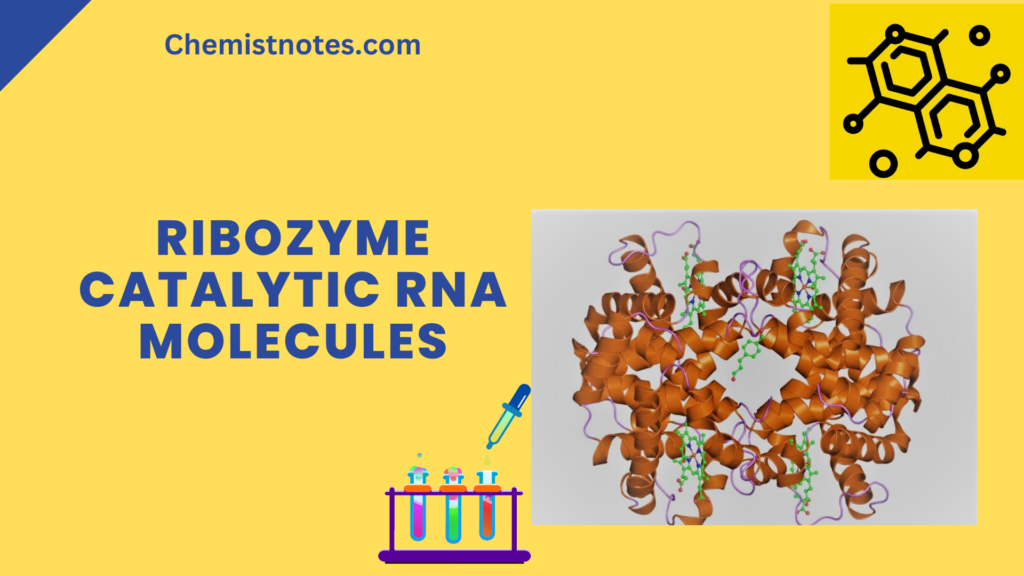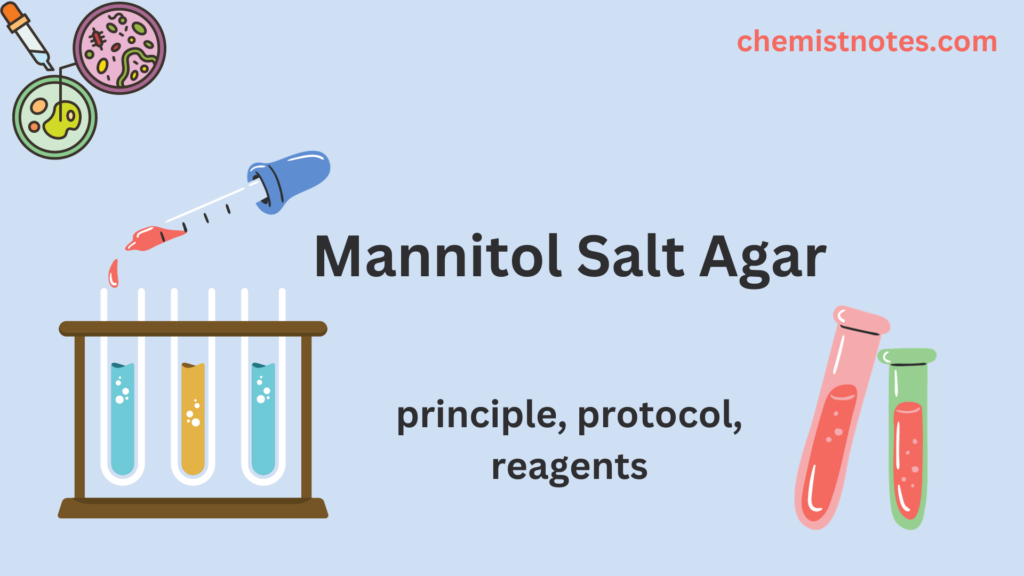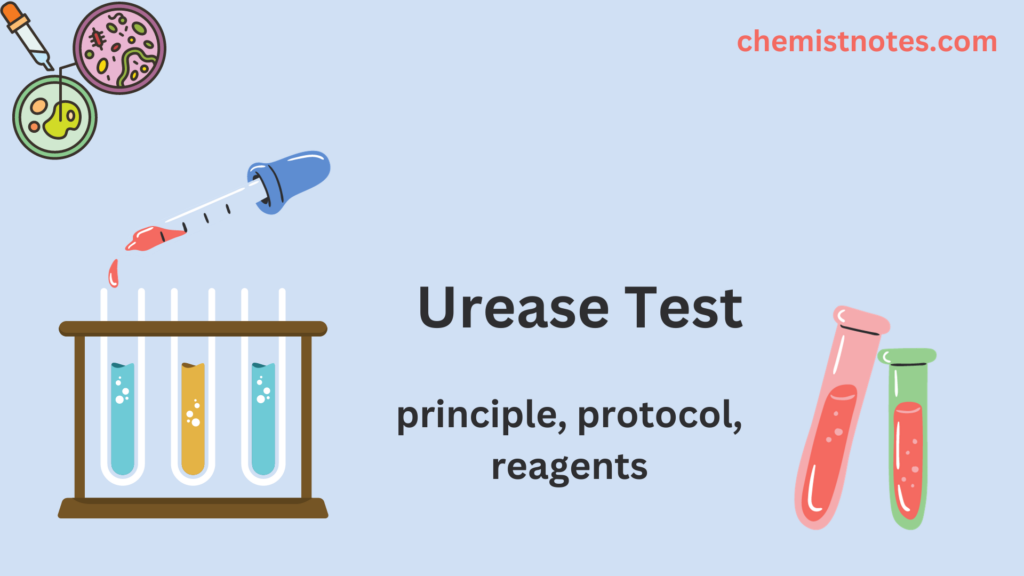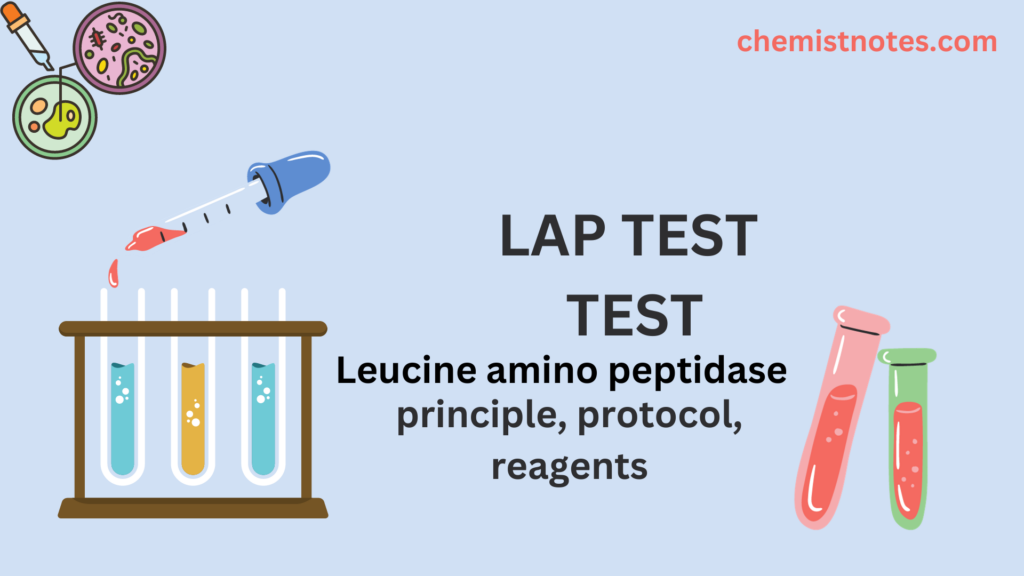Table of Contents
ToggleOxidase test is a microbiological test that is required for differentiating between Gram-negative and Gram-positive bacteria as a biochemical test. This test determines whether the bacteria is aerobic or anaerobic. In our previous article, we have already studied about starch hydrolysis, and indole test, now let us dive into detailed explanation of oxidase test.
What is oxidase test?
The oxidase test is used to find microorganisms that produce the crucial cytochrome oxidase enzyme for the electron transport chain. It is frequently used to distinguish between oxidase negative Enterobacteriaceae and oxidase positive Pseudomadaceae.
Principle of oxidase test?
Generally, the cytochrome C is produced by the organism which has this intracellular enzyme called oxidase enzyme and give positive test whereas which gives negative test lacking cytochrome c enzymes and turn no coloration.
The enzyme cytochrome oxidase reduces oxygen to water by transferring electrons from the final electron acceptor in the electron transport chain, oxygen, to oxygen. Artificial electron sources and acceptors are made available for the oxidase test. The electron donor turns dark purple when cytochrome oxidase oxidizes it. This outcome is viewed favorably. Pseudomonas aeruginosa, the bacteria on the right in the image below, is oxidase positive.
Only aerobic animals that can use oxygen as the ultimate hydrogen receptor often have the cytochrome system. Water or hydrogen peroxide, which has been oxidized by catalase, are the two end products of this process.
Reagents used
Some reagents used during oxidase test are:
- Kovac’s reagent
- 1% tetra-methyl-p-phenylenediamine dihydrochloride, in water
- Gordon and McLeod’s reagent
- 1% dimethyl-p-phenylenediamine dihydrochloride, in water
- Gaby and Hadley reagent
- 1% α-naphthol in 95% ethanol
- Filter paper, swab, cotton bud etc.
Protocol of oxidase test
There are generally three different protocol we can use to employ this test:
- Dry filter method
- Wet filter method
- Swab test
1. Dry filter method
The first method is dry filter method.
- First of all, the dry filter paper is dipped into kovac’s reagent.
- It is drained for 30 seconds.
- The paper is now dried.
- Stored atdark botttle.
- Now with the help of strip, colonies are picked and smeared at paper.
- If a blue color is seen, the oxidase test is positive.
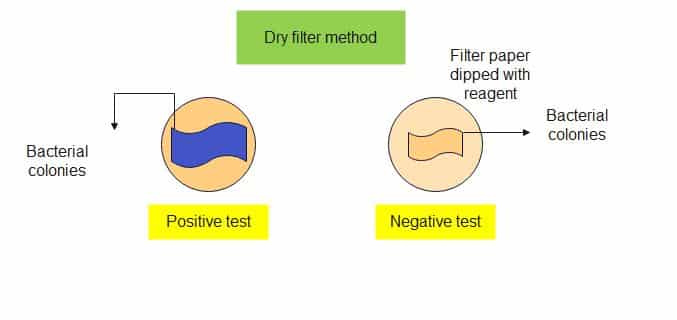
2. Wet filter method
The other method is wet filter method:
- The filter paper is soaked with reagent.
- The colonies are picked
- just like dry method, if blue color is seen within 5-20 second.
- Oxidase test may be +ve.
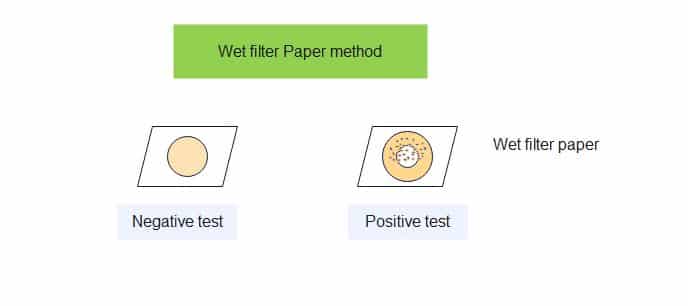
3. Swab test
- The bud is used, and is swabbed with reagent
- and colonies is picked
- and test colour is observed in bud
- color change show the oxidase test positive
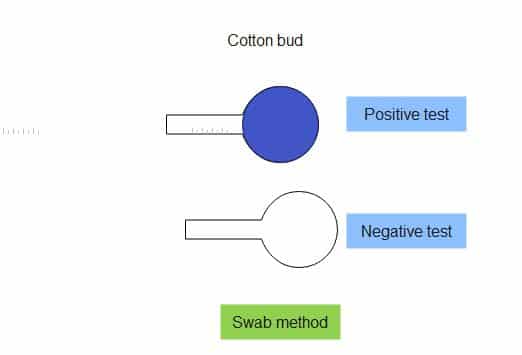
Positive oxidase test
Oxidase production is indicated by the emergence of a rich purple-blue/blue tint within 5–10 seconds.
Negative oxidase test
Blue or purple color not seen.
Positive and Negative control for test
- Pseudomonas aeruginosa ATCC 27853 is the positive control.
- Escherichia coli is the negative control. ATCC 25922
Note: ATCC: American type cell culture
Limitation of oxidase test
The limitation of this test are:
- Fresh reagents are needed
- Time consuming
- less sensitive strips may yield negative results
Comparison between Catalase and oxidase test
Tests for catalase and oxidase show aerobic metabolism. The catalase test looks for the catalase enzyme, which converts oxygen from hydrogen peroxide. The oxidase test checks to see if cytochrome oxidase enzymes are present.
Application of Oxidase test
The oxidase test is used to identify microorganisms that generate the bacterial electron transport chain enzyme cytochrome c oxidase. (Note: Oxidase-positive bacteria are all aerobic and can utilize oxygen as a terminal electron acceptor during respiration. They are not strictly aerobes, despite what this might imply.

